DO YOU WHAT TO KEEP YOUR BRAIN SHARP?

ANXIETY
Anxiety is a general term for several disorders which cause nervousness, fear, apprehension and worrying. It is the number one reason clients seek out Neurofeedback. These disorders affect how we feel and behave, and they can manifest real physical symptoms. Mild anxiety is vague and unsettling while severe anxiety can be extremely debilitating, having a serious impact on daily life. People often experience a general state of worry or fear before confronting something challenging such as a test, examination, recital, or interview. These feelings are easily justified and considered normal. Anxiety is considered a problem when symptoms interfere with a person’s ability to sleep or otherwise function. Generally speaking, anxiety occurs when a reaction is out of proportion with what might be normally expected in a situation.
Anxiety disorders can be classified into several more specific types. Some examples are panic, phobia, social anxiety, obsessive compulsive disorder (OCD) and Post Traumatic Stress Disorder (PTSD). Anxiety disorders may be caused by environmental factors, medical factors, genetics, brain chemistry, substance abuse or a combination of these. It is most commonly triggered by the stress in our lives. Usually anxiety is a response to outside forces, but it is possible that we make ourselves anxious with “negative self-talk” – a habit of always telling ourselves the worst will happen. Through the process of deep relaxation the brain will bring itself into balance, and our clients begin to feel a sense of calm and well being. The worries and fear simply fall away. People with anxiety disorders present a variety of physical symptoms in addition to non-physical symptoms which characterize the disorders, such as excessive, unrealistic worrying. Many of these symptoms are similar to those exhibited by a person suffering general illness, heart attack or stroke, and this tends to further increase anxiety. The following is a list of physical symptoms associated with Generalized Anxiety Disorder (GAD):
- TremblingChurning stomach
- Nausea
- Diarrhea
- Headache
- Backache
- Heart palpitations
- Numbness or “pins and needles” in arms, hands or legs
- Sweating/flushing
- Restlessness
- Easily tired
- Trouble concentrating
- Irritability
- Muscle tension
- Frequent urination
- Trouble falling or staying asleep
- Being easily startled

The Aging Brain
Your body changes in response to the challenges it faces at each stage of your life. It gets stronger and more skilled through your prime years. As you pass the half century mark it begins to lose size and power. Your brain does the same, it tends to slow down, shifting back toward childhood. However the aging brain is not the child brain. As your brain ages it carries with it a whole superstructure of years of old experiences through which it filters the world. It's not uncommon as you age to become grumpy, judgmental, rigid, bossy, and not interested in listening. Every year there are fewer things to learn and more things that you already know. As an infant your brain went through waves of building millions of connections then ruthlessly pruning away the least-used. In the early years every experience was new and there were no habits. The brain cells fired more slowly and your mind had an internal focus, a dreamy way of thinking. As you grow older, your developing brain built itself filters based on experience of what worked in the past. These filters or habits organized the way you lived your life. It was efficient and it allowed you to think and work as an adult. In your prime years all that experience programmed in your brain connections controlled what you saw and what you heard and how you understood and responded. Your child brain open to the wonder of new things was rarely awakened. The aging brain often experiences brain fog. Words you want to say just a just out of reach. You forget simple things and you struggle to grasp new ones. You just can't think clearly anymore. You've lost your vision of what you want and your motivation to pursue it. You just don't feel things as strongly as you did. Rigidity and fog issues of the aging brain don't depend only on your age. You've known people whose brains and bodies were old at 45 and others young at 75. The more stress dominates your life the faster you age. The brain as well as the rest of your body. In your later years the kind of brain you have can make all the difference between just playing out the string and living the crowning chapter of your life. Should you fight to hold on to that habit driven adult brain that's all about doing or should you try to reawaken your child brain with its focus on being. Or could there be a different brain a best brain for the rest of your life that integrates them both. Can you be experienced and still open to new things. Can you tow a long train of memories and still be looking ahead. Can your mind be sharp and able to lock on as it did years ago. Can you see the glass half-full.
Why not people run marathons at 80, it's all about training. At Brain Awakening with the help of neurofeedback we can train your brain. We can find that balance between being full of knowledge and open to new things. Image a life where your brain is sharp, clear and excited about what lays ahead.
Get in Touch
Sign up to our newsletter
Thank you for contacting us.
We will get back to you as soon as possible
We will get back to you as soon as possible
Oops, there was an error sending your message.
Please try again later
Please try again later
